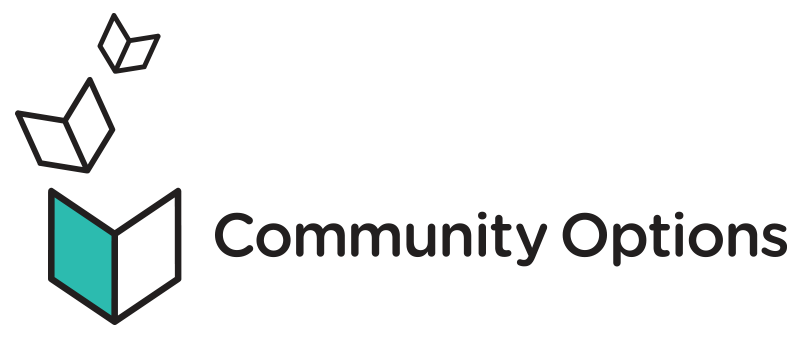WE ARE HERE TO HELP YOU GROW
At Schooley Mitchell, we are passionate about finding solutions that save your business time and money. Your success is our success.
Our Approach
We ensure our clients are getting the best business services at the best price – all while identifying billing errors, eliminating redundancies, and improving efficiency. Our network of Cost Reduction Specialists leverage proprietary software, best-in-class pricing databases and long-standing relationships with service providers to find savings, and monitor your accounts on an ongoing basis so they remain optimized.
Schooley Mitchell’s work is based on a symbiotic, mutually beneficial model – we are driven by producing results for our clients and have no ties to vendors or service providers. Our fees are self-funded by a portion of the savings we find – no savings, no charge to you.
Numbers speak volumes: Over the past years, we have reduced costs by an average of for over clients.
What Our Clients Say
“The savings he found for telecom were the equivalent of us getting 60 new donors – and it only took me a couple hours of my time to make that happen. Two hours for 60 donors? I’d do that again in a second.”

Lee Behensky
Quantum Leap Farm
“Out of curiosity, I contacted former colleagues to ask what pricing they could provide, and to my astonishment, they were only able to provide pricing half as good as what Amanda and Schooley Mitchell could provide. This proved to me that Schooley Mitchell has built very strong relationships and has remarkable buying power.”

Wayne Fredin
Community Options
“For Waste Removal, Schooley Mitchell presented some local options where we could make a switch from our current provider and save 80%! Those are savings we did not realize were available and Schooley Mitchell did a great job laying out the implementation process”

Amy Eagle
AJ Asphalt and Concrete
Our Latest Blogs
Why Businesses Are Embracing the Rise of Contactless Payments
How AI Layoffs Could Backfire On Employers
How to balance the holiday season with your business’ bottom line.
“I study patience in a lab. Here’s what I’ve found.”
Toll-free numbers – why your business needs one, and how to find a good rate.
Get In Touch

Our team has several office locations across North America and is ready to help you cut costs. Contact us today to get started!

